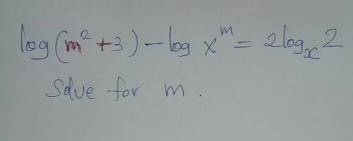
AllQuestion and Answers: Page 1820
Question Number 28341 Answers: 1 Comments: 4
Question Number 28339 Answers: 1 Comments: 0

Question Number 28327 Answers: 1 Comments: 0
Question Number 28320 Answers: 0 Comments: 3
Question Number 28319 Answers: 2 Comments: 0
Question Number 28312 Answers: 1 Comments: 0
Question Number 28311 Answers: 0 Comments: 0
Question Number 28305 Answers: 0 Comments: 3
Question Number 28304 Answers: 1 Comments: 0
Question Number 28303 Answers: 1 Comments: 0
Question Number 28302 Answers: 0 Comments: 1

Question Number 28313 Answers: 0 Comments: 0
Question Number 28293 Answers: 0 Comments: 0

Question Number 28289 Answers: 0 Comments: 0
Question Number 28288 Answers: 2 Comments: 0

Question Number 28285 Answers: 0 Comments: 1

Question Number 28280 Answers: 1 Comments: 4
Question Number 28278 Answers: 2 Comments: 1

Question Number 28275 Answers: 0 Comments: 2
Question Number 28268 Answers: 0 Comments: 1
Question Number 28267 Answers: 1 Comments: 1
Question Number 28265 Answers: 0 Comments: 0
Question Number 28264 Answers: 0 Comments: 0
Question Number 28263 Answers: 0 Comments: 0
Question Number 28262 Answers: 0 Comments: 1
$${find}\:\int_{\mathrm{0}} ^{\infty} \:\:\frac{{dx}}{\mathrm{1}+{x}^{\mathrm{5}} }\:. \\ $$
Question Number 28261 Answers: 0 Comments: 0
Pg 1815 Pg 1816 Pg 1817 Pg 1818 Pg 1819 Pg 1820 Pg 1821 Pg 1822 Pg 1823 Pg 1824
